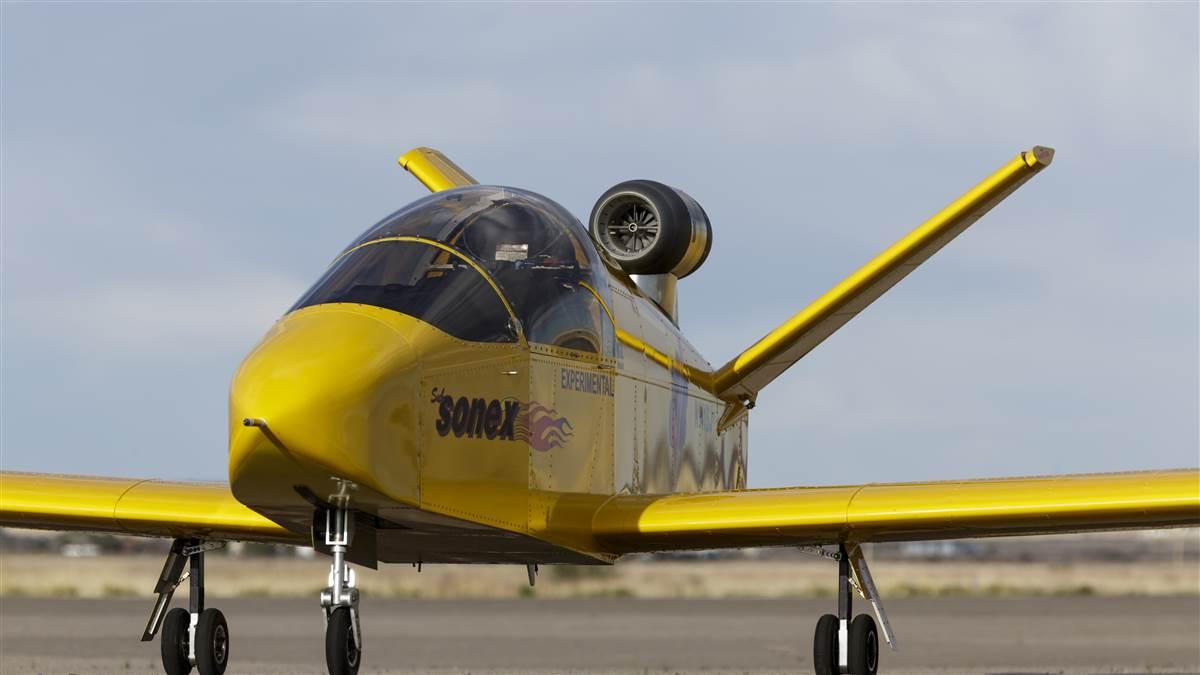Our turbine future
Can light GA ever have a viable turbine option?

The specs don’t have to measure up to a piston in some cases. But look at the lack of turbine power on anything smaller than a Cirrus Vision Jet and it’s clear we have a long way to go.
Jet owners get to enjoy higher cruise speeds, greater time between overhauls, better reliability, and, in the case of modern engines, significantly easier operations. Owners of Beechcraft Bonanzas, Cessna 210s, and others want in. So, what’s the problem? Previous small turbine projects have come either from a manufacturer that tries to scale down its proven technology or one that moves from military to civilian. Remember when an Eclipse was $850,000, and then was suddenly $1.2 million (which would balloon further)? That was a scaling problem.
David Noland wrote a wonderful break-down of this in Air & Space magazine soon after it happened. Eclipse had contracted with Williams International to produce what would be dubbed the EJ22, an 85-pound engine that could produce 770 pounds of thrust. Unfortunately, it never worked. Already wildly successful with its military cruise missile business and FJ44 turbine on business jets, Williams attempted to scale down its three-stage design. Although it is likely the various issues could have been worked out in development, the engine was quickly scrapped for the Pratt & Whitney PW610F.
Then there’s the issue of supporting an entirely new line of business. One of the bigger players in the light GA turbine market—if you can even call it a market—is PBS, a company based in the Czech Republic that by all accounts makes a great engine. The TJ100 powers the SubSonex, and its sister turboprop version, the TP100, powers some experimentals. Owners we spoke to are happy with the engines and think they could represent the future of alternative powerplants in GA. The problem is support.
Christian Skoppe owns Turbine Solutions Group, a small company in Florida dedicated to overhauling Walter engines and working with customers on one-off turbine projects. Skoppe built an RV–10 with a PBS TJ100, and he loves the engine. His RV–10 burns around 18 gallons per hour and cruises around 185 knots. “I’m interested in the reliability and the avgas problem,” he said.
As avgas is increasingly threatened, and the rest of our lives become increasingly more sophisticated and our machines easier to use, there’s an ever-louder drumbeat demanding better technology for our engines.For a time, Skoppe was all-in on PBS conversions. The plan was for a customer to bring him the kit and he would alter it to fit the engine. That was when the engines were hovering around $100,000. A huge amount of money compared to a piston, but not unreasonable for many builders. But then PBS raised the price to $150,000 and mostly pulled back on the support, according to Skoppe.
In addition to his own RV, Skoppe also helped Lucas Walker create a turbine Velocity. “We wanted a futuristic airplane that met the newest technology,” Walker said. Their family firm, Falcon Aero in Fredericksburg, Texas, did the majority of the work under manager Adam Sheffield and builder Tom Duley. The airplane won a bronze Lindy at EAA AirVenture in 2021, and it’s easy to see why.
Advanced Avionics worked to incorporate the PBS into the engine instrumentation on the glass display, Skoppe created the cowling and helped with the exhaust. Walker said the airplane is exactly what they had hoped for. Yes, it’s relatively fast at 190 knots, and reasonably efficient at 19 gallons per hour. But what he raves about most is the ease of use. With one switch it starts perfectly every time. “It doesn’t matter if it’s hot, cold, high, or low,” he said. “It’s like having to tinker on a 1960s farm truck versus having a [Toyota] Tundra. I hurt for people trying to hot start their $1 million modern airplane.”
But the problem comes back to support. Most of PBS’ business is military drones or missiles, and GA’s liability and relatively small market are a hard sell for a company looking at the bottom line. “People in the factory, it freaks them out,” Walker said.
All hope is not lost. As avgas is increasingly threatened, and the rest of our lives become increasingly more sophisticated and our machines easier to use, there’s an ever-louder drumbeat demanding better technology for our engines. TurbAero, an Australian start-up, debuted at this year’s Sun ’n Fun and is working on a turboprop to fit the 200-horsepower range. The target price is $80,000, which could be competitive if they can hold that number.
Also, at this year’s Aero Friedrichshafen JMB Aircraft introduced a turbine in its VL3. Although still very early in its development, a JMB representative said it’s lighter than the Rotax and produces more power for the same fuel burn. The engine is made by French company TurboTech, and the turboprop version produces 130 hp of power with FADEC control.
It’s the beginnings of what will hopefully be more steps toward our turbine future.



